STOW, OH, October, 2024 — Our friends at Audio-Technica are at it again and have just announced the introduction of their ATH-ADX3000 Open-Air Dynamic Headphones, designed to bring true high-end sound quality to the under-$1,000 usd headphones category. Celebrating 50 years of headphone design and production, the new ATH-ADX3000 features Audio-Technica’s most advanced driver technology to deliver natural, spacious audio.
A Few Takeaways (more below)
Light and comfortable, weighing less than 10 ounces and with velour earpads, the ATH-ADX3000 headphones are comfortable, to say the least. If you are a home recordist know that they’re ideal for long mix sessions, and not just due to comfort or their open-back design.
58-millimeter integrated driver units house tungsten-coated diaphragms (which produce excellent transient response), voice coils, baffles, and pure iron magnetic circuits. Coupled with Audio-Technica’s proprietary Core Mount Technology that optimally places the driver units, this results in full-range audio reproduction across an astonishing 5Hz–45kHz frequency response that needs to be heard to be believed.
These near-flagship headphones come with a specially designed aluminum carrying case.
Uses the A2DC proprietary coaxial connector which reduces connector rotation and glitchy connections.
The Nitty Gritty
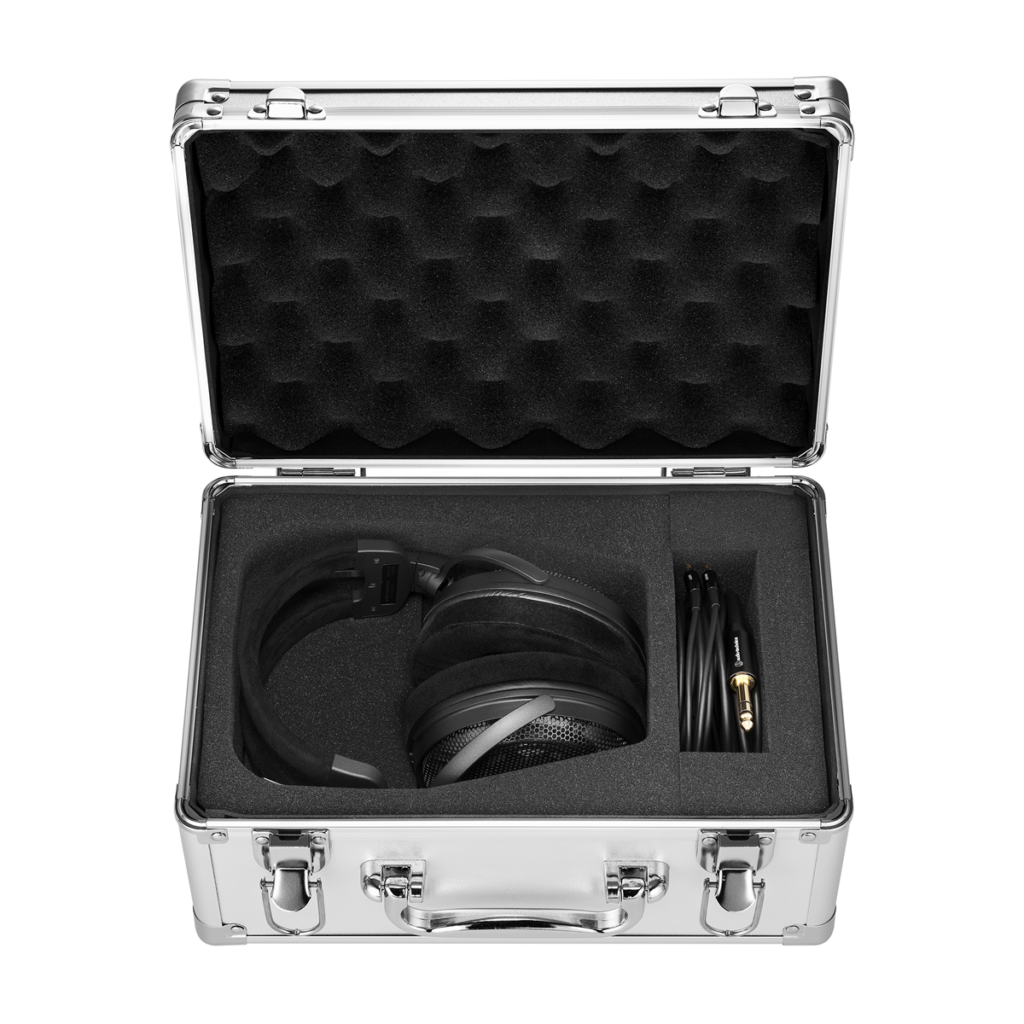
The ATH-ADX3000’s open-back design allows unrestricted airflow of the diaphragm, for extremely pure audio quality with realistic soundstaging and imaging, with nearly no use of dampening material or acoustic aids. The ATH-ADX3000 features a full-range driver that is designed entirely by the engineers at Audio-Technica and manufactured and hand-assembled in Audio-Technica’s Machida, Japan factory. The driver utilizes the same technology as the company’s acclaimed flagship ATH-ADX5000 headphones.
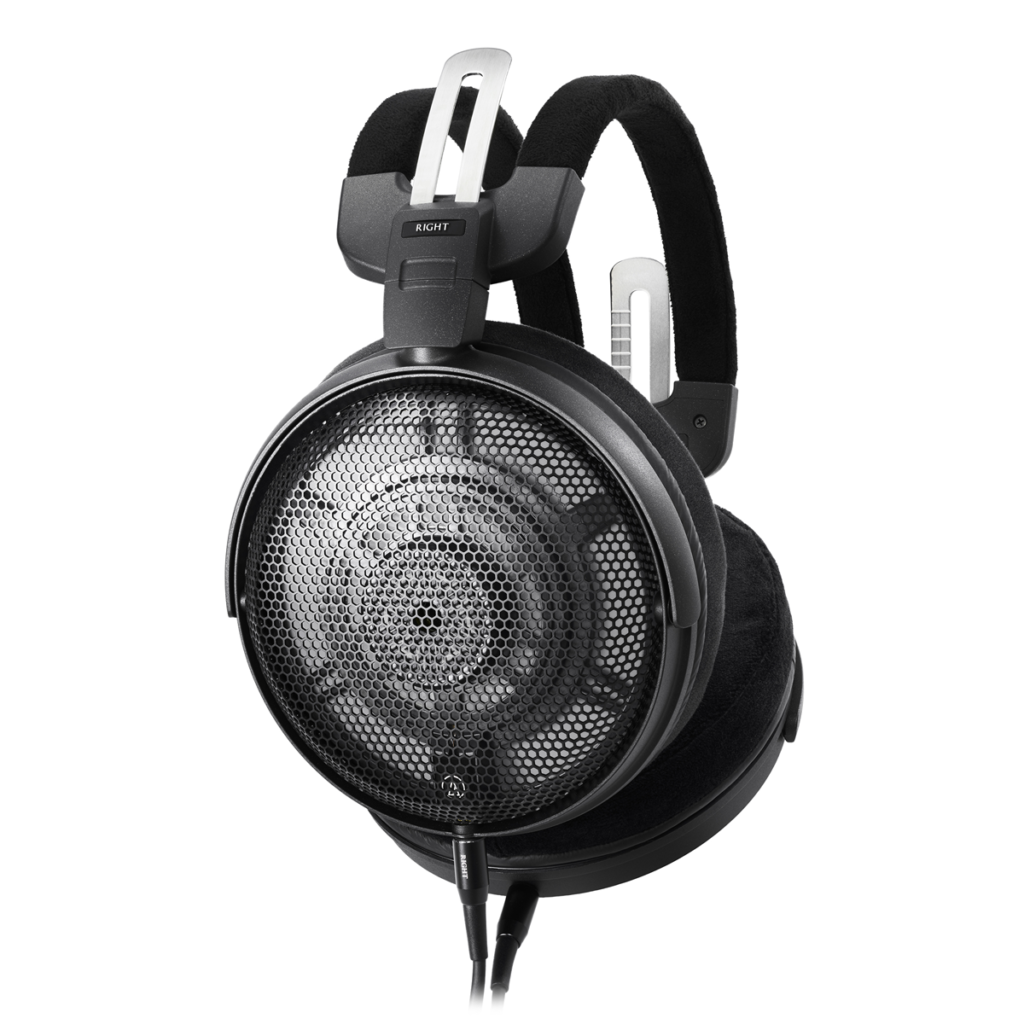
Japanese Craftmanship
As a leading innovator in transducer technology for over 60 years, Audio-Technica places special emphasis on driver design to achieve the optimal sound from each pair of headphones. Did we mention that the ATH-ADX3000’s integrated driver units are handmade in our Machida, Tokyo, facility to ensure the highest quality? Sure did- but it is worth repeating.
Audio-Technica’s exclusive Core Mount Technology positions the driver’s voice coil in the middle of its housing, so that the acoustic space is balanced in both the front and the back of the driver. Audio-Technica lead engineer Hiromichi Ozawa noted, “Our engineers worked hard to achieve a frequency response that is not easy to obtain by using only natural air flow. Our expertise in driver technology influenced our approach to open-back headphones, and enabled us to ensure that the driver diaphragm moves with the purest motion possible.”
The ATH-ADX3000 employs a 58 mm tungsten-coated diaphragm, pure iron magnetic circuit, voice coil, and aluminum housing, which are all combined in a single integrated driver unit. The diaphragm is extremely lightweight and responsive, and the pure iron magnet enables exceptional dynamic range and high efficiency. Together, this approach creates an optimum structure that offers superb clarity and stereo imaging, with articulate bass, a smooth midrange, and detailed, extended high frequencies.
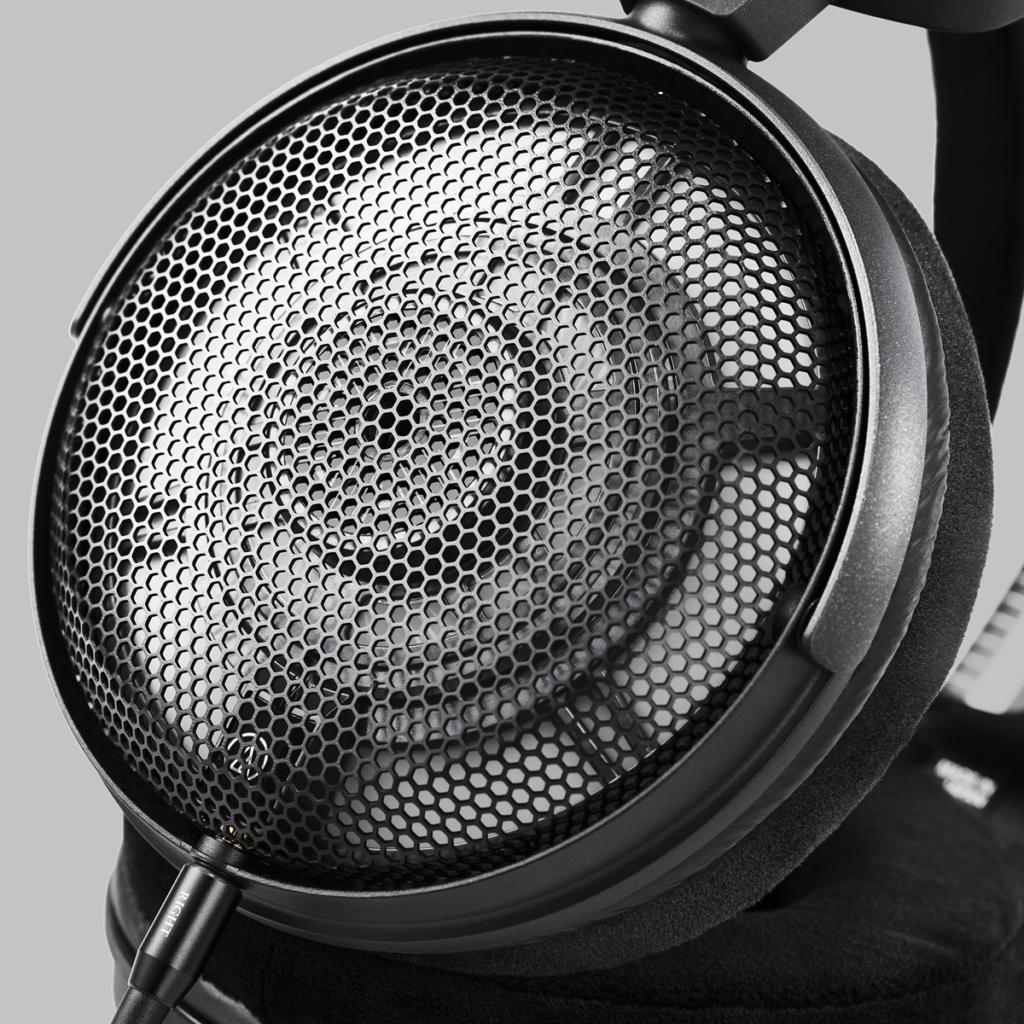
The ATH-ADX3000 is designed for long-wearing comfort, thanks to its light weight of only 280 grams. It’s supplied with a detachable 3.0m (9.8-foot) cable with A2DC connectors and comes with a robust aluminum storage case.
A2DC Connector

The Audio-Technica ATH-ADX3000 Open-Air Dynamic Headphones is available starting October 24, 2024, at a suggested retail price of $999 usd/ $1,387 cad.
Audio-Technica was founded in 1962 with the mission of producing high-quality audio for everyone. As we have grown to design critically acclaimed headphones, turntables and microphones, we have retained the belief that great audio should not be enjoyed only by the select few, but accessible to all. Building upon our analog heritage, we work to expand the limits of audio technology, pursuing an ever-changing purity of sound that creates connections and enriches lives. For the Silo, Frank Doris.



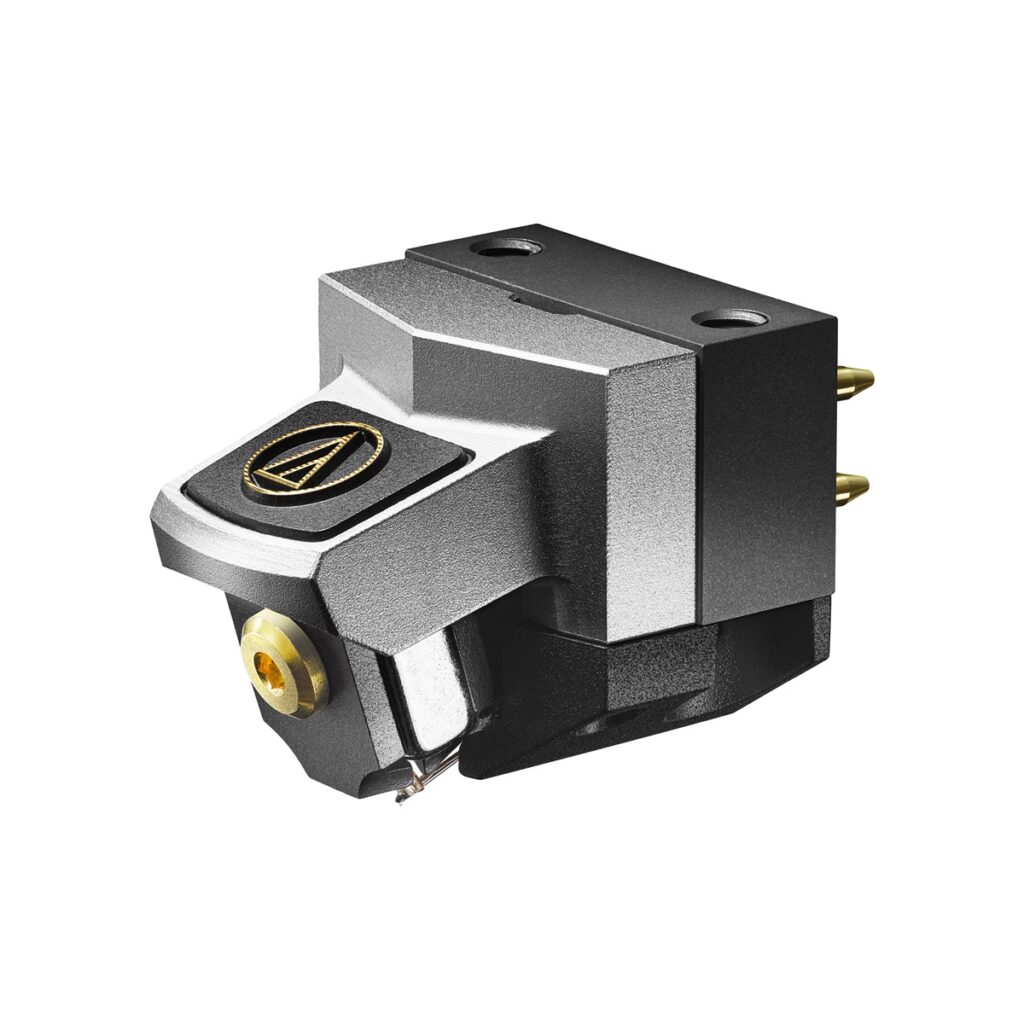


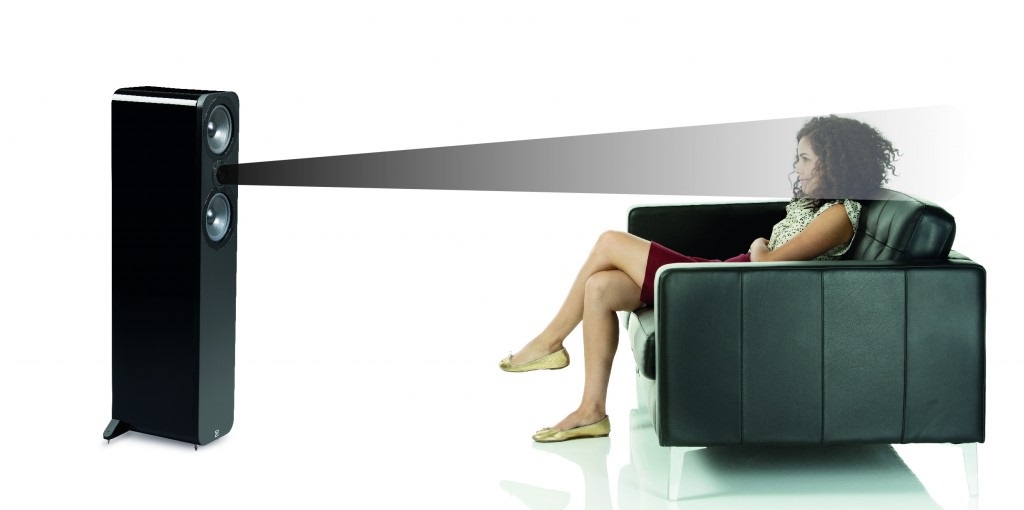

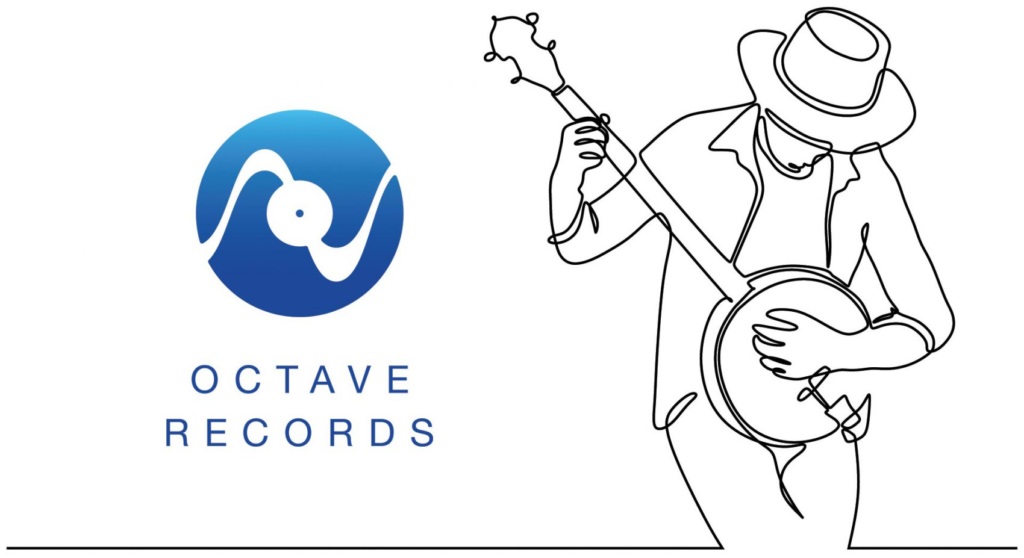





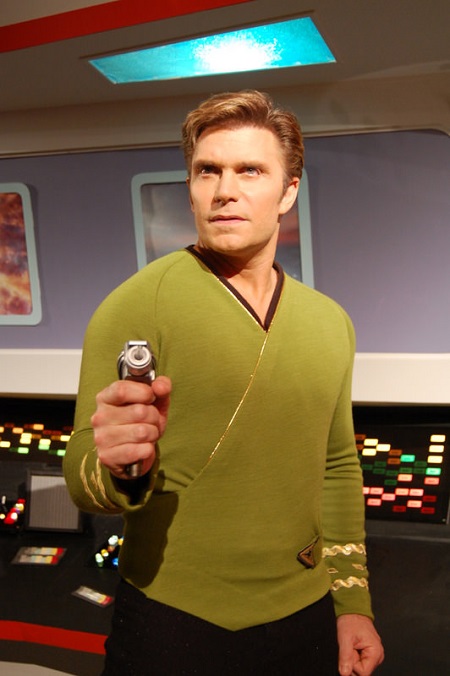
 https://www.indiegogo.com/projects/star-trek-continues#/
https://www.indiegogo.com/projects/star-trek-continues#/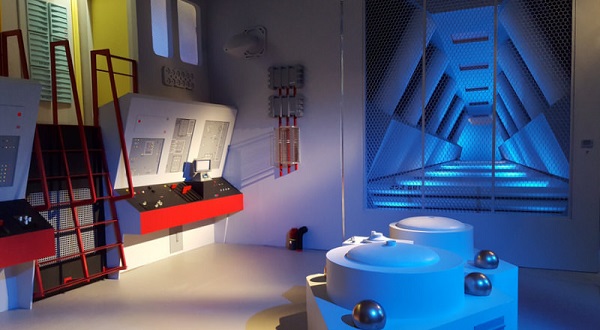 Space.com staff artist Karl Tate came down from New York. His reaction to walking standing sets was typical. “I’ve been aboard the USS Enterprise. That’s all I can say. When you’re walking down that corridor, and the stage lights are lit, and all you see is Enterprise…I’m there,” Tate says. “It’s truly an achievement and I look forward to what Star Trek Continues comes up with next!” The one-day event was filled with special presentations on prop-making, and an opportunity for prop fans to show off their collections and hand-made treasures.
Space.com staff artist Karl Tate came down from New York. His reaction to walking standing sets was typical. “I’ve been aboard the USS Enterprise. That’s all I can say. When you’re walking down that corridor, and the stage lights are lit, and all you see is Enterprise…I’m there,” Tate says. “It’s truly an achievement and I look forward to what Star Trek Continues comes up with next!” The one-day event was filled with special presentations on prop-making, and an opportunity for prop fans to show off their collections and hand-made treasures.